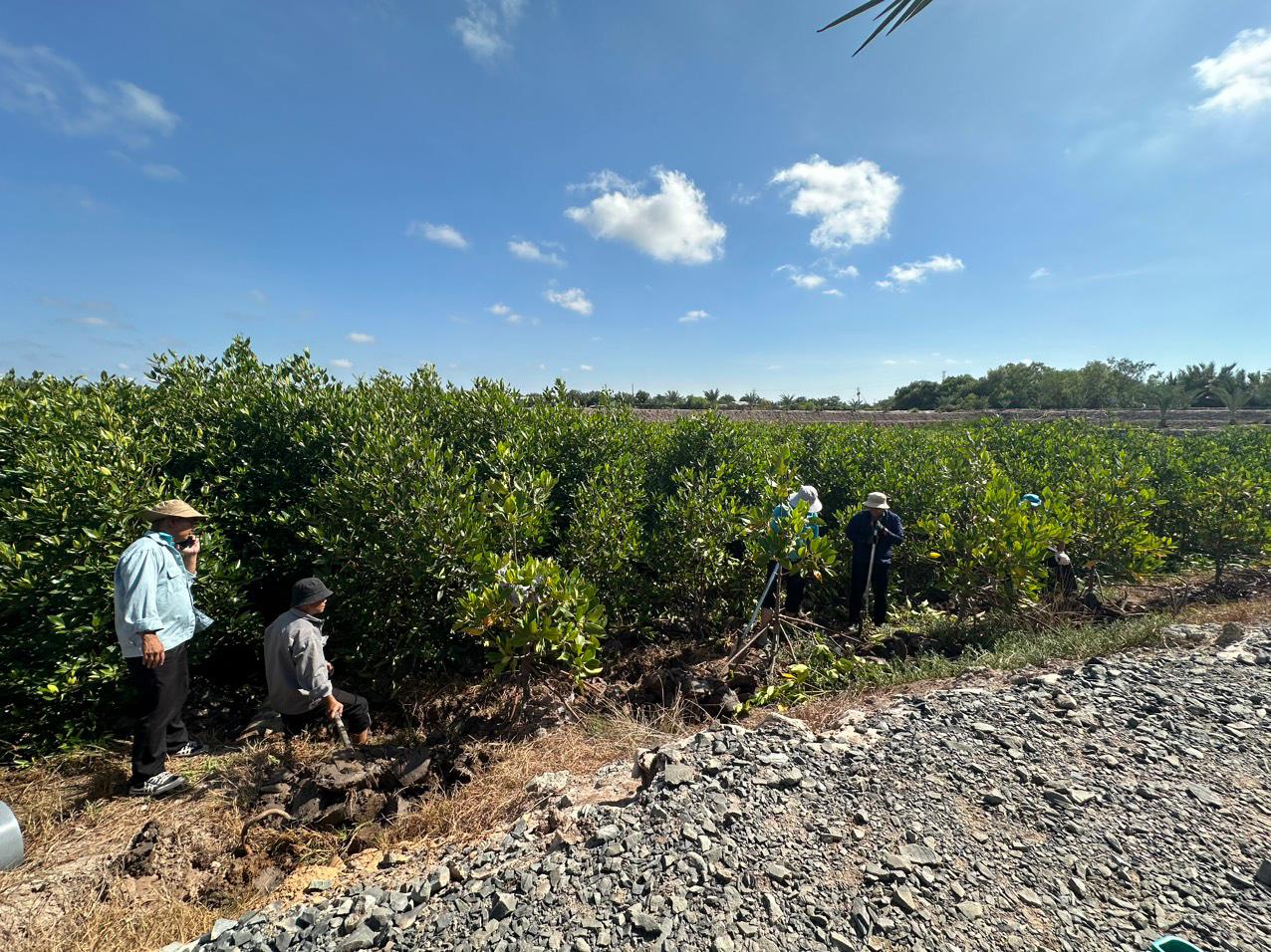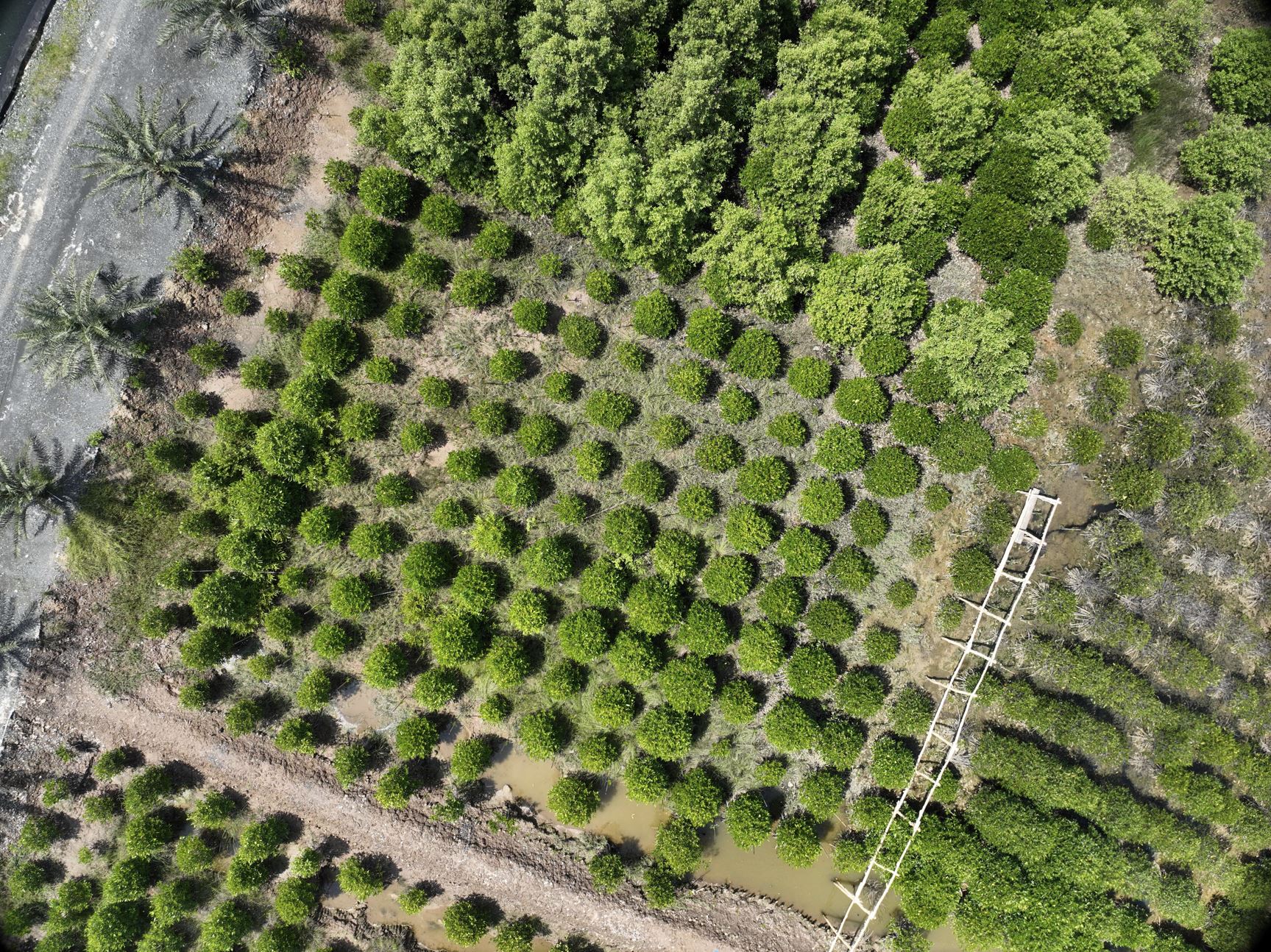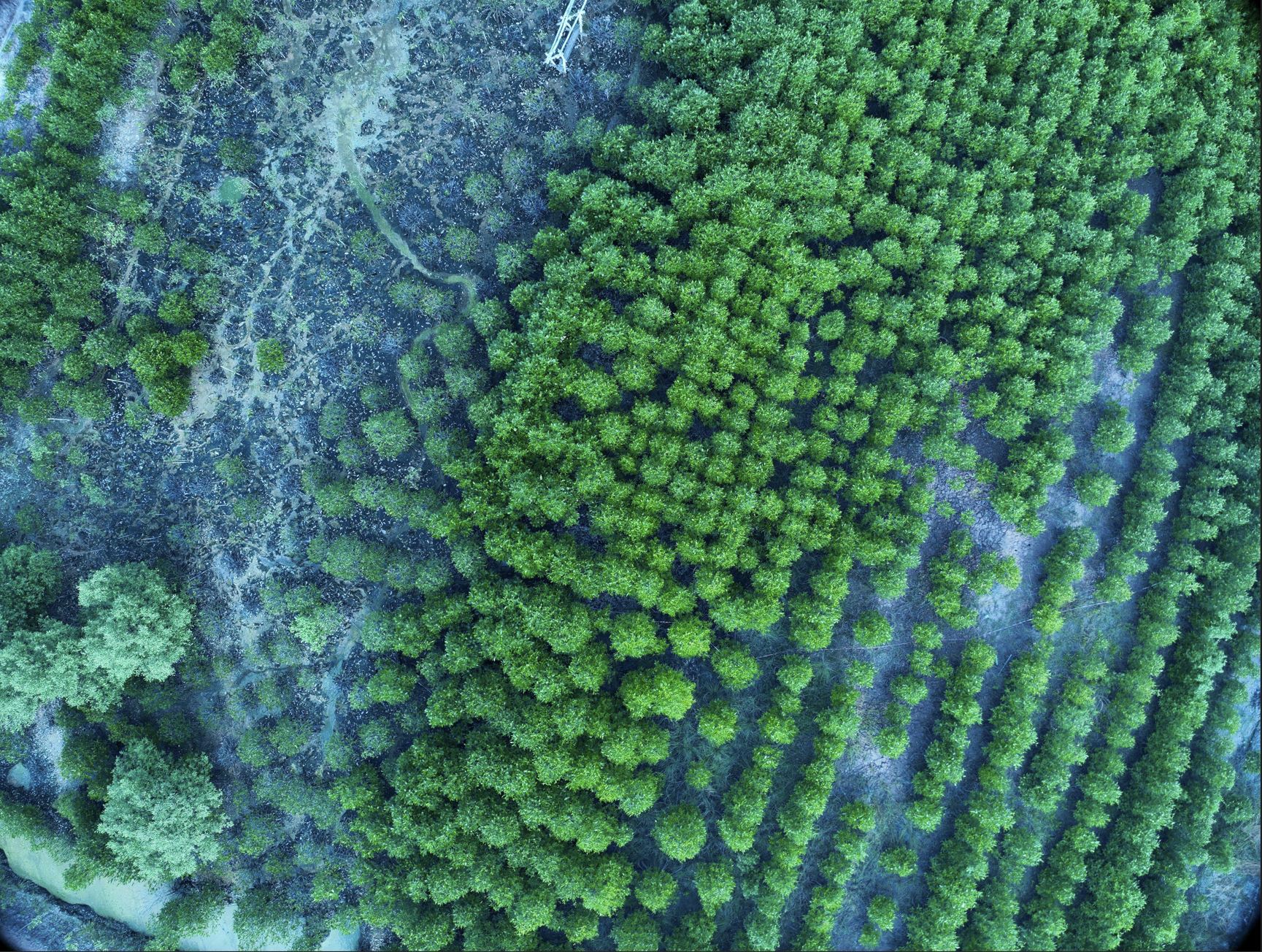TOMGOXY-Zero
The TOMGOXY Zero project marks a pioneering step in demonstrating the potential of integrated mangrove–aquaculture systems as a scalable nature-based solution. The TOMGOXY ® system is developed by our partner Rynan, together with them and our international partner at Larive, we are piloting a site in Trà Vinh, Vietnam, where mangroves are integrated into shrimp farming operations from day one — not as an add-on, but as a core design element.
-
Partners:
-
Location:
Trà Vinh, Vietnam
-
Execution:
September 2024
By embedding restoration directly into food production, TOMGOXY Zero explores how mangroves can filter effluent, enhance biodiversity, and contribute to carbon sequestration, while maintaining farm productivity and improving long-term profitability. This project allows us to rigorously test both ecological performance and business viability in real-world conditions.
TOMGOXY Zero positions the partnership as a frontrunner in sustainable aquaculture innovation — offering a model that supports climate resilience, ecosystem recovery, and inclusive economic development.



The TOMGOXY® Zero project began in 2022 and we aim to scale up over the next couple of years. Building on earlier trials, the current pilot is taking place at a shrimp aquaculture site in Trà Vinh, Vietnam, where mangroves have been integrated into the farm layout from the outset. The site is divided into dedicated zones for filtration, production, and mangrove restoration — allowing us to test how mangroves perform when directly embedded in aquaculture operations.
We are monitoring the growth of different mangrove species, their ability to process nutrient-rich effluent, and their impact on carbon storage, water quality, and biodiversity. Alongside this, we are developing a business case that assesses the economic and social viability of the model — including productivity, costs, and market interest in more sustainable products.
In 2025, we aim to expand the concept to a new pilot site in Sóc Trăng scaling the model to more ponds and mangrove zones. This will allow us to test the system under different environmental and operational conditions. Monitoring will continue through 2026, providing the data and insights needed to refine the model and prepare for wider implementation — including on private land and in large-scale coastal infrastructure projects.
